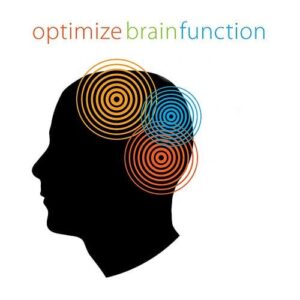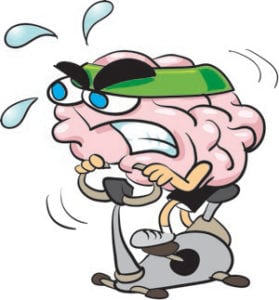Your son is a star in Friday Night Lights (actually football, not the TV show) and has been concussed. Amazingly, the most common question I get asked is not “Will he be ok?”, but “When will he be able to get back on the field?” My answer, coming out the ER, is never going to be less than two weeks, and I won’t be the one who provides medical clearance. It’ll either be your family doctor or preferably, a neurologist. Don’t just take my word for it. Consider the following Quick Tips from the Center for Disease Control and Preventions.
CDC’s Discharge Instructions
- You may experience a range of symptoms over the next few days, such as difficulty concentrating, dizziness or trouble falling asleep. These symptoms can be part of the normal healing process, and most go away over time without any treatment.
- Return immediately to the ED if you have worsening or severe headache, lose consciousness, increased vomiting, increasing confusion, seizures, numbness or any symptom that concerns you, your family, or friends.
- Tell a family member or friend about your head injury and ask them to help monitor you for more serious symptoms. Get plenty of rest and sleep, and return gradually and slowly to your usually routines. Don’t drink alcohol. Avoid activities that are physically demanding or require a lot of concentration.
- If you don’t feel better after a week, see a doctor who has experience treating brain injuries.
- Don’t return to sports before talking to your doctor. A repeat blow to your head-before your brain has time to heal-can be very dangerous and may slow recovery or increase the chance for long-term problems.
Finally, there are two particularly impactful consequences about which you should be aware.
- The ‘second impact syndrome’ is irreversible brain injury triggered by a fairly routine second head impact after a prior concussion. You must take the time off needed for the brain to heal. I care more about your child’s mental future than the upcoming playoff game.
- The ‘post-concussive syndrome’ represents long-term neurologic and psychologic consequences of the head injury. It includes such symptoms as inability to sleep, irritability, inability to concentrate, headache, dizziness and anxiety.

There are no definitive treatments for concussions other than prevention of an additional injury, and that fact should be chilling to you. Be mindful of the risks involved in choosing to engage in activities putting the brain at risk.
Feel free to ask your SMA expert consultant any questions you may have on this topic. Take the #72HoursChallenge, and join the community. As a thank you for being a valued subscriber, we’d like to offer you a complimentary 30-day membership at www.72hourslife.com. Just use the code #NoChaser, and yes, it’s ok if you share!
Order your copy of Dr. Sterling’s new books There are 72 Hours in a Day: Using Efficiency to Better Enjoy Every Part of Your Life and The 72 Hours in a Day Workbook: The Journey to The 72 Hours Life in 72 Days at Amazon or at www.72hourslife.com. Receive introductory pricing with orders!
Thanks for liking and following SNC! This public service provides a sample of what http://www.SterlingMedicalAdvice.com (SMA) and 844-SMA-TALK offers. Please share our page with your friends on WordPress, like us on Facebook @ SterlingMedicalAdvice.com and follow us on Twitter at @asksterlingmd.
Copyright © 2018 · Sterling Initiatives, LLC · Powered by WordPress

























